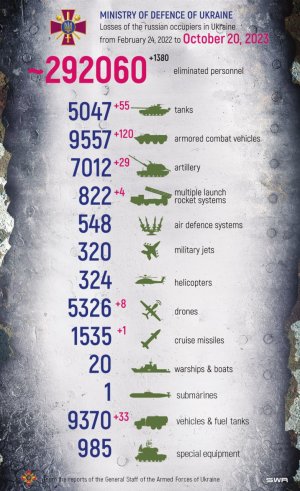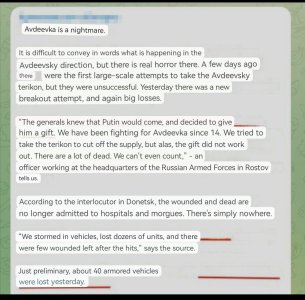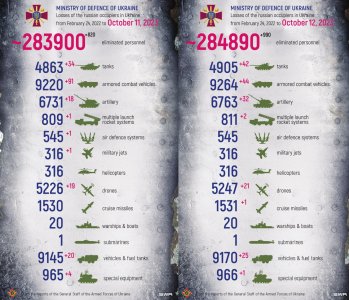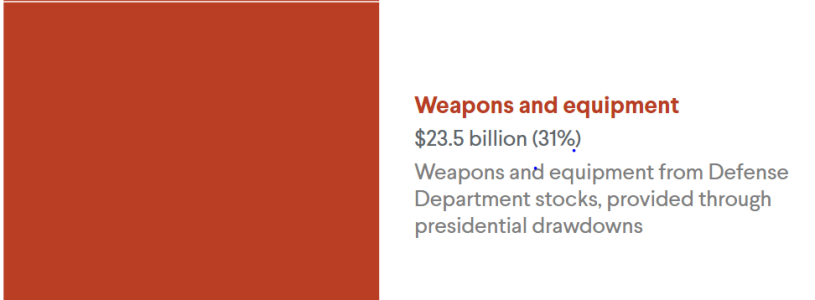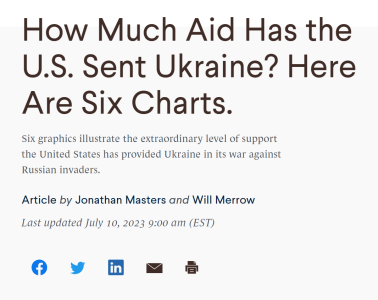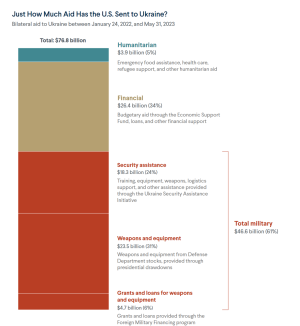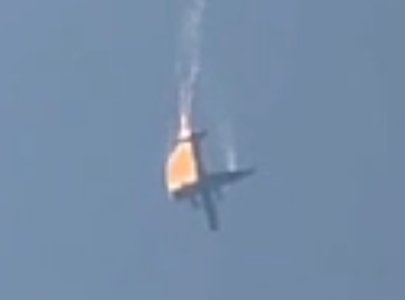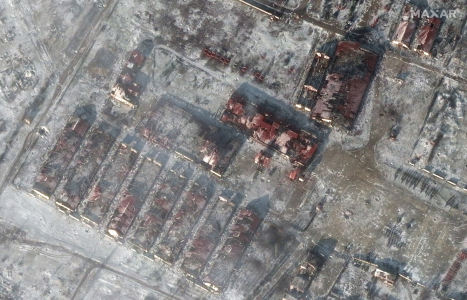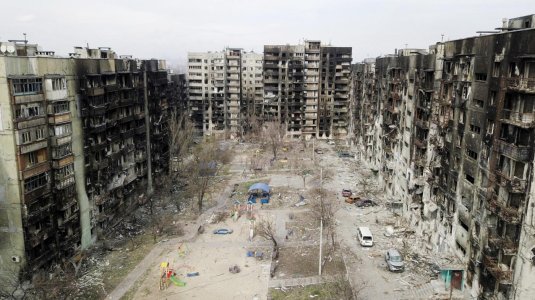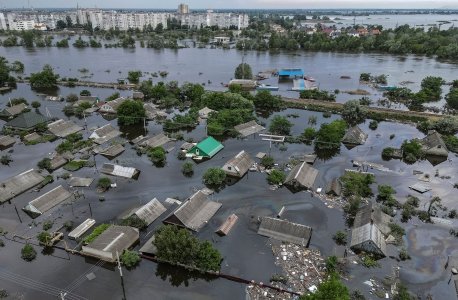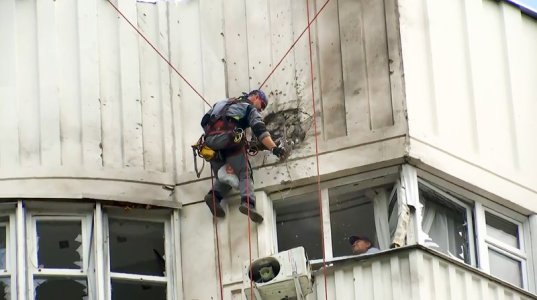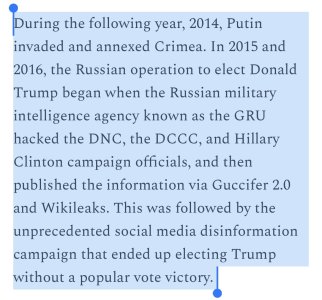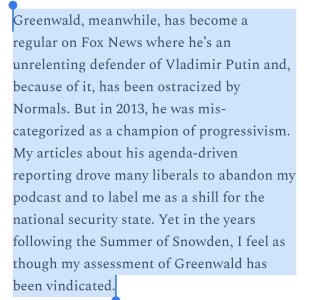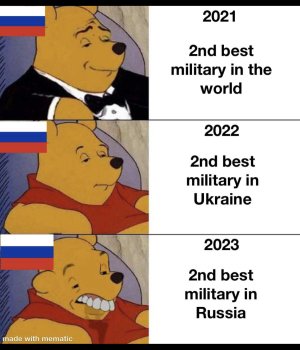The problems of Yevgeny Vlasov, 39, started late last year when he began posting critical commentary on Vkontakte, or VK, a Russian version of Facebook.
A tall, lean man with a disarming frankness and fearlessness, Mr. Vlasov, an electrical engineer in Ulan-Ude, posted a graphic from an opposition website illustrating the war’s toll.
It showed that for every Muscovite who dies in the war, 87.5 people die in Dagestan, Russia’s southernmost republic; 275 people in Buryatia, where he lives; and 350 people in Tuva, home to an Asian minority and the poorest region of Russia.
In contrast to all the recruitment billboards, whose images are almost exclusively of white ethnic Russians, a disproportionate number of those dying at the front come from Russia’s ethnic minorities, a pattern confirmed by Mediazona, among other independent news outlets. That was Mr. Vlasov’s point.
fargin random, unhinged confusing rants. It's important to note that the information you shared may not be completely accurate. I am unsure whether you intended to give the impression that the number you cited represents the majority of the military aid that the US has provided to the Ukraine, or if you simply found it quickly and shared it without verifying its accuracy.









